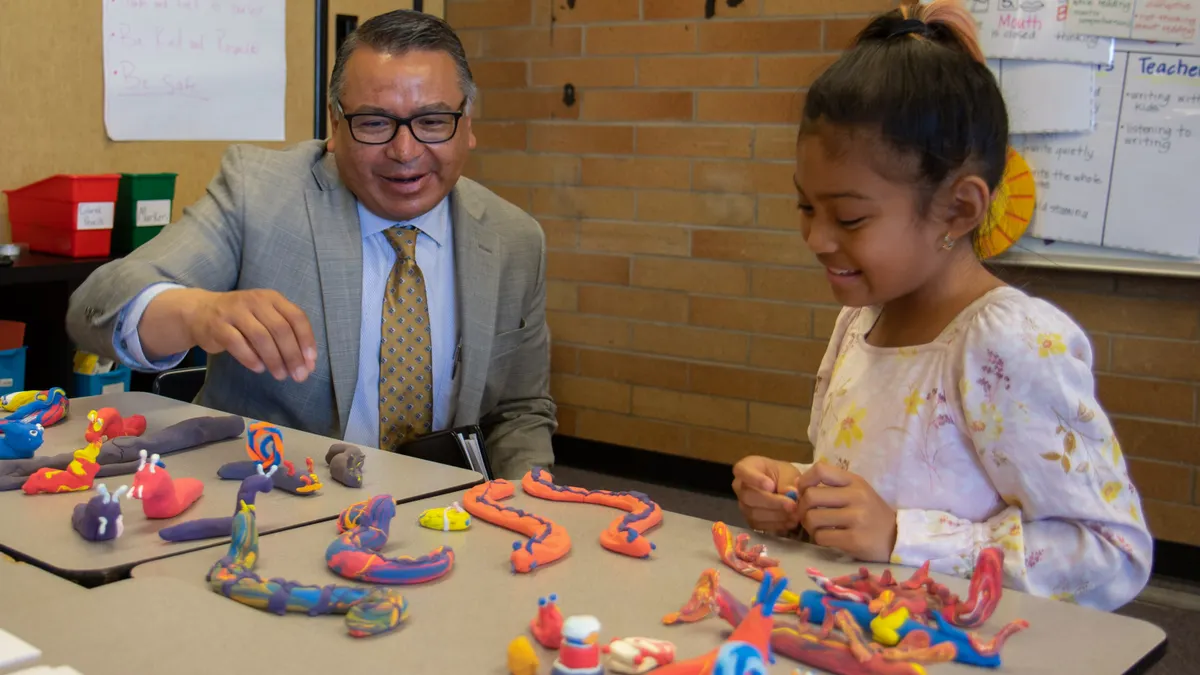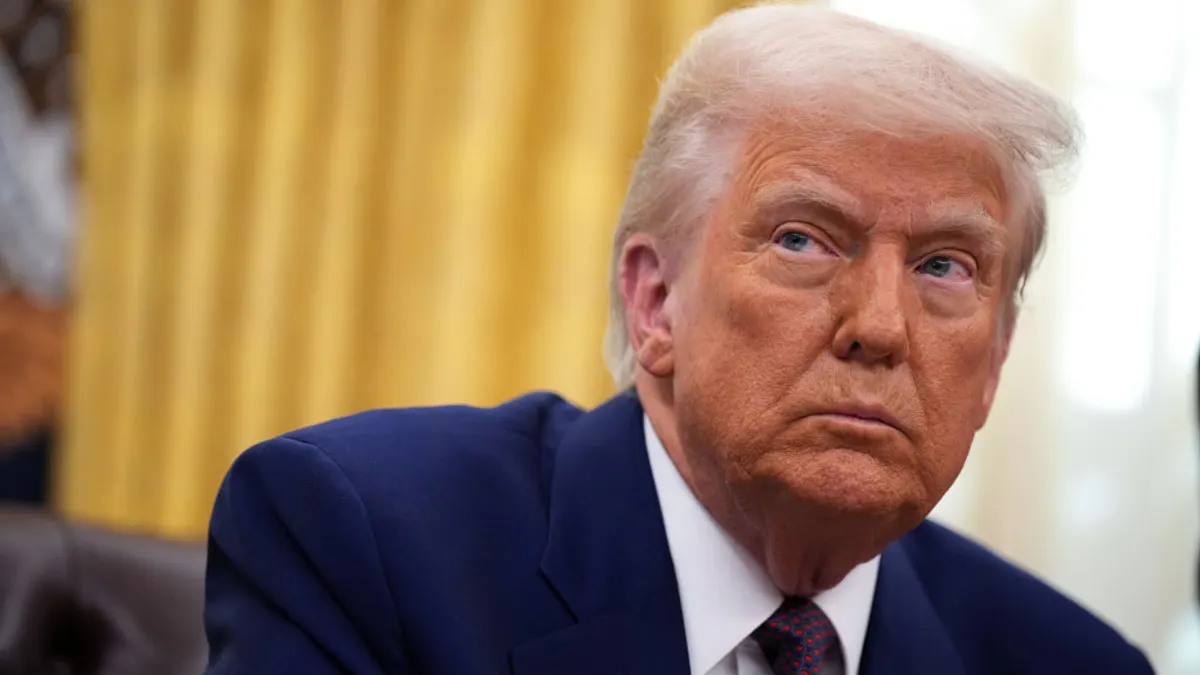At John C. Webb Elementary in Navasota, Texas, 5th-graders run the social media accounts every day. Twitter, Facebook and Instagram are all managed by a team of two children who rotate roles every three weeks — the students shooting images, crafting messages and adding their own hashtags. Principal Todd Nesloney trains one team at the beginning of the year and has each succeeding pair train the next.
“Allowing kids to have voice has brought a different perspective, including things they want to share that I didn’t even notice,” Nesloney told Education Dive. “We’ve never had any kid post anything mean or something inappropriate. They take this seriously.”
Social media is a powerful digital medium today, and students will be expected to be fluent with these tools, including how to use them ethically, at some point in their lives. Whether they choose to engage, developing the skills to not just to navigate these online spaces, but to be able to make decisions and craft judgments that are safe, is key.
Student-led learning
That’s one reason why Nesloney put students in charge of the school’s Twitter, Facebook and Instagram accounts when he became principal four years ago. With about 100 5th-graders, not every child gets an opportunity to be a social media intern. Those who do spend their first week shadowing the previous team, the second week running the social media accounts on their own, and the third week training the next team. The outgoing pair nominate the next two students, though Nesloney gives final approval.
Nesloney built an IFTTT recipe — a set of commands that acts as a mini-program — so that by just posting on Instagram, the students’ message then goes out on Twitter and the school’s Facebook page. Teams are expected to push five messages out every day and most of the time don’t need help. Occasionally, though, Nesloney admits he does have to get involved.
“Sometimes the photo is upside down,” he said. “Or they’ll post a teacher’s name as Mr. Reynolds instead of Miss Reynolds.”
Approximately 75% of teachers at the school have a Twitter account, said Nesloney, and they also weave digital fluency lessons into their classroom activities. That may include having children read celebrity tweets and correcting the grammar and punctuation, or posting polls on Twitter and letting students follow the results during class.
School posts all get the hashtag #webbelem, which helps Nesloney not only locate the tweets but create a presence online that brands John C. Webb Elementary while illustrating the work they’re doing with students.
Digital citizenship 101
How social media can brand you is a point that education site Digital Futures Initiative makes, as well — encouraging students and schools to think about how and what they post online before they publish.
“We talk about what your brand is on social media,” co-founder Jason Breed told Education Dive. “What are three words that people would associate with you? If you look at Nike, it’s ‘Just do it.’ How would people brand you?”
Teaching young people how to navigate safely and thoughtfully online is a skill that can be taught at a young age, school media librarian Donna Jo Forsythe emphasizes. As the school technology coordinator at Warren Central High School in Bowling Green, Ky., Forsythe believes digital media lessons should start in elementary school. Crucially, even if teachers think their students know how to handle themselves online, educators should still hold digital citizenship lessons just in case.
“The biggest [misstep] is assuming that students already know how to use the devices and already understand the ‘rules’,” Forsythe told Education Dive by email. “Making statements like ‘They should have known.’ Give directions anyway.”
It's a skill even the Girl Scouts have deemed important, launching nine new Cybersecurity badges across the Daisy, Brownie and Girl Scout groups with the help of Palo Alto Networks, that cover basics like learning about malware and uncovering if an online message is fake. Nine more badges are expected to be added in by the summer of 2019, Suzanne Harper, STEM strategy lead for the Girl Scouts of the USA, told Education Dive by email.
"As girls grow up, they still need to learn about protecting themselves online, although their interests expand to include how to combat cyberbullying, protect their financial information, or make sure their phone or social media doesn’t get hacked," she said.
While Neslonely himself gives students few directions on how to post online, all of their tweets get tagged separately, he said. That way if there’s incorrect information, grammar fixes are needed, or someone contacts the school to complain, he can say a kid tweeted that particular post — and emphasizing how children are given some voice in their own learning.
“There’s always someone, if they see a misspelling, who starts emailing the school board,” he said. “We put #kidtweet on there to protect from that.”





 Dive Awards
Dive Awards












